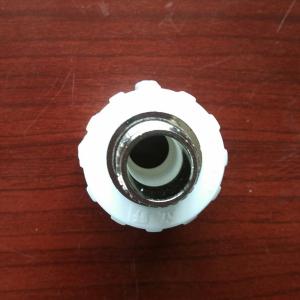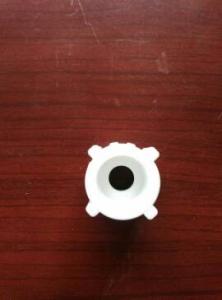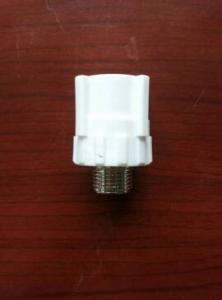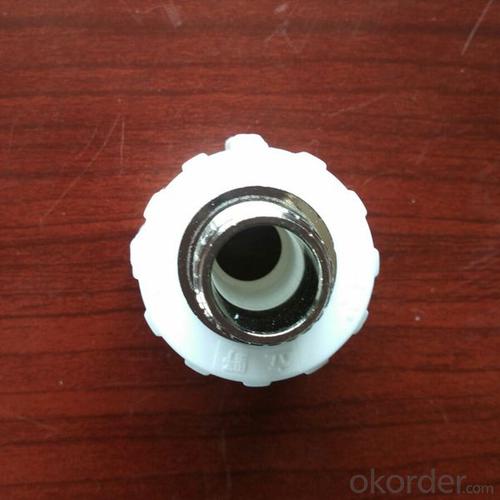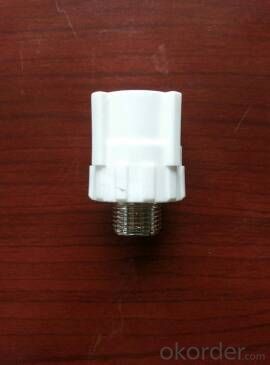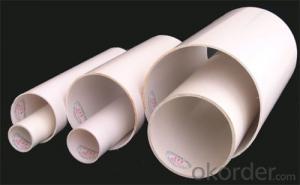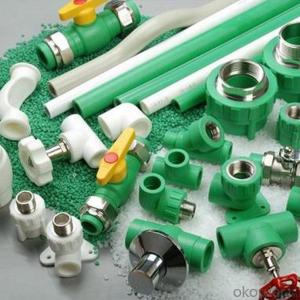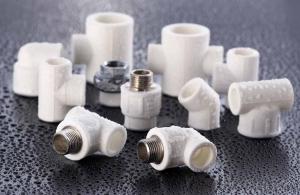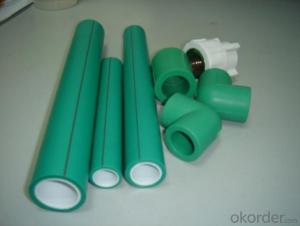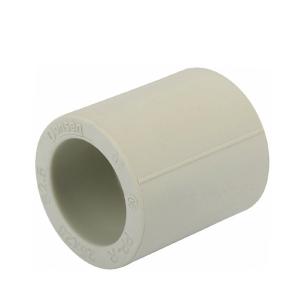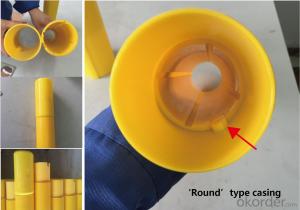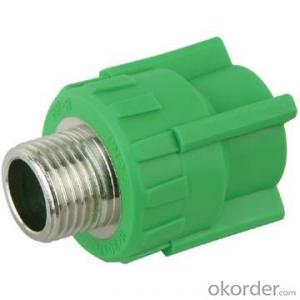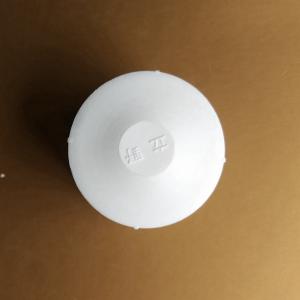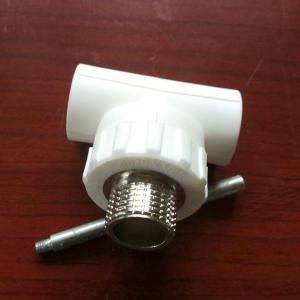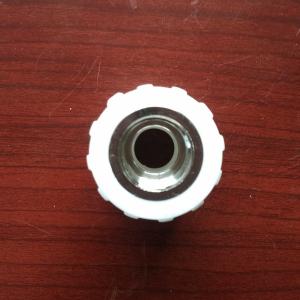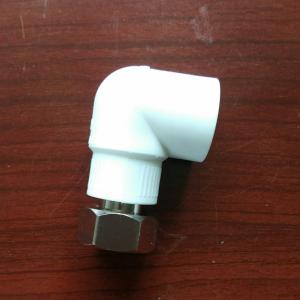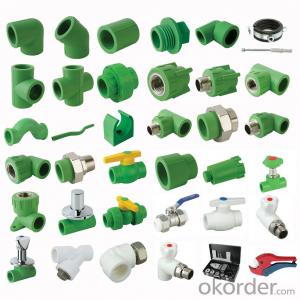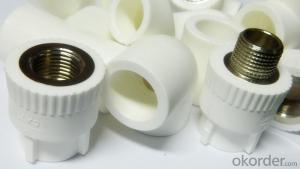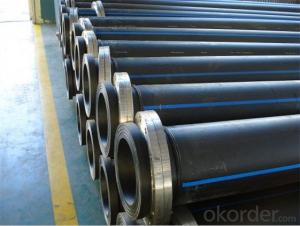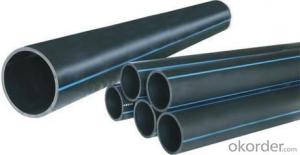Charlotte Plastic Pipe Fittings - PPR Male Pipe Plastic Pipe Fitting Connecting Civil Construction Agricultural PE Pipes
- Loading Port:
- Ningbo
- Payment Terms:
- TT or LC
- Min Order Qty:
- 3000 pc
- Supply Capability:
- 100000 pc/month
OKorder Service Pledge
OKorder Financial Service
You Might Also Like
PPR Male Pipe Plastic Pipe Fittings
Mainly used to connect civil construction, industrial, agricultural and landscape irrigation drainage system PE pipes
Main Features of PPR Male Pipe Plastic Pipe Fittings
1, health, non-toxic: the various parts of the pipeline system consists of PP-R pipes and fittings constituted can be completely non-toxic, health indicators in line with GB / T17219 standards.
2, does not rust: PH value can withstand a wide temperature range, in the range of 1 to 14, a high concentration of acid and alkali corrosion.
3, wear-resistant, non-fouling: PP-R pipe and tube inner wall smooth, uniform flow resistance is small and does not scale.
4, reducing vibration and noise: PP-R pipe has excellent insulation properties, can significantly reduce the vibration and noise caused by the flow of liquid.
5, anti-cracking: PP-R materials excellent elasticity makes pipes and fittings sectionally With frost expansion of the liquid together without bursting.
6, anti-condensation, heat loss is small: PP-R material is a poor thermal conductor, reduces condensation and reduce heat loss less.
7, anti-electric corrosion: PP-R material is a poor conductor of electricity can avoid corrosion. Complete specifications: 10-30 optional
Pictures of PPR Male Pipe Plastic Pipe Fittings
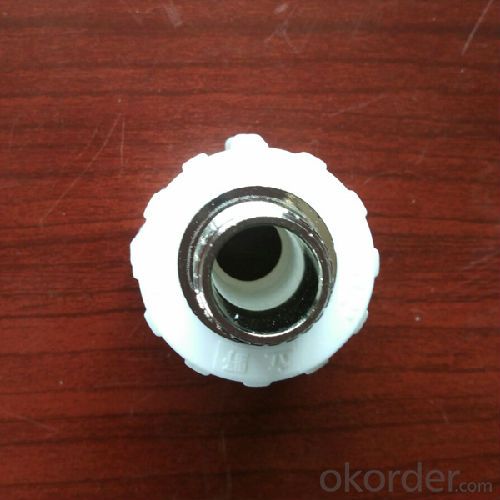
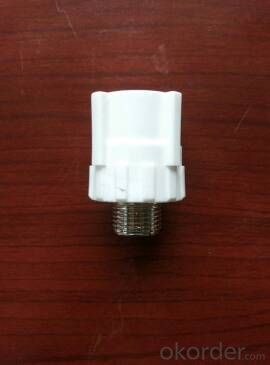

- Q: How do plastic pipe fittings compare to cast iron fittings?
- Plastic pipe fittings are generally lighter, more affordable, and easier to install compared to cast iron fittings. They are also resistant to corrosion, which makes them a popular choice for plumbing systems. On the other hand, cast iron fittings are known for their durability and strength, making them suitable for high-pressure applications or areas with heavy traffic. Ultimately, the choice between plastic and cast iron fittings depends on the specific needs and requirements of the plumbing project.
- Q: Are plastic pipe fittings as durable as metal pipe fittings?
- Plastic pipe fittings are generally not as durable as metal pipe fittings. While they have their advantages such as being lightweight and resistant to corrosion, they are more prone to cracking, warping, and degradation over time. Metal pipe fittings, on the other hand, are known for their strength, longevity, and ability to withstand higher pressures and temperatures. Ultimately, the choice between plastic and metal pipe fittings depends on the specific application and requirements.
- Q: Can plastic pipe fittings be used for stormwater drainage?
- Yes, plastic pipe fittings can be used for stormwater drainage. Plastic pipes and fittings are commonly used in stormwater drainage systems due to their durability, resistance to corrosion, and ease of installation. They are also cost-effective and low-maintenance compared to other alternatives.
- Q: Are plastic pipe fittings resistant to hydrogen sulfide gas?
- Yes, plastic pipe fittings are generally resistant to hydrogen sulfide gas.
- Q: Are plastic pipe fittings compatible with different pipe diameters?
- Yes, plastic pipe fittings are generally compatible with different pipe diameters as they are designed to be versatile and accommodate various pipe sizes.
- Q: Are plastic pipe fittings resistant to rodents?
- Yes, plastic pipe fittings are generally resistant to rodents. The material used in plastic pipe fittings is not appealing to rodents, and they do not chew through it as they would with other materials like wood or metal. Therefore, plastic pipe fittings are a reliable option to prevent rodent infestations in plumbing systems.
- Q: Can plastic pipe fittings be used for swimming pool filtration systems?
- Yes, plastic pipe fittings can be used for swimming pool filtration systems. Plastic fittings are commonly used in pool filtration systems due to their durability, resistance to chemicals and corrosions, and ease of installation. Additionally, plastic fittings are cost-effective and can be easily replaced if needed.
- Q: How do plastic pipe fittings compare to polypropylene fittings?
- Plastic pipe fittings and polypropylene fittings are both types of plastic fittings commonly used in plumbing systems. However, there are some differences worth noting. Plastic pipe fittings are a broad category that includes fittings made from various types of plastic materials, such as PVC, CPVC, and ABS. On the other hand, polypropylene fittings are specifically made from polypropylene, a thermoplastic polymer known for its high chemical resistance and durability. In terms of performance, polypropylene fittings generally offer superior chemical resistance, making them more suitable for applications involving corrosive or aggressive fluids. They are also known for their high temperature resistance and mechanical strength. Plastic pipe fittings, on the other hand, can vary in terms of quality and performance depending on the specific material they are made from. Another important aspect to consider is the ease of installation. Both plastic pipe fittings and polypropylene fittings are typically designed for solvent welding or using mechanical connections. However, polypropylene fittings often have a more precise and secure fit due to their tighter tolerances, which can simplify the installation process and reduce the risk of leaks. Ultimately, the choice between plastic pipe fittings and polypropylene fittings depends on the specific application requirements, such as the type of fluid being transported, the temperature and pressure conditions, and the chemical compatibility needed. It is important to consult with professionals or follow the manufacturer's recommendations to ensure the right choice for each individual case.
- Q: How do you connect plastic pipe fittings together?
- Plastic pipe fittings can be connected together using a variety of methods such as solvent cementing, compression fittings, push-to-connect fittings, or heat fusion techniques. The specific method used depends on the type of plastic and the fitting type, but generally involves cleaning and preparing the surfaces, applying adhesive or inserting the pipe into the fitting, and allowing sufficient time for the connection to set or cool before applying pressure.
- Q: What is the difference between a grooved pipe and a lining pipe?
- There is no plastic pipe in the groove pipe, and the plastic pipe in the lining pipe is provided with a plastic pipe
Send your message to us
Charlotte Plastic Pipe Fittings - PPR Male Pipe Plastic Pipe Fitting Connecting Civil Construction Agricultural PE Pipes
- Loading Port:
- Ningbo
- Payment Terms:
- TT or LC
- Min Order Qty:
- 3000 pc
- Supply Capability:
- 100000 pc/month
OKorder Service Pledge
OKorder Financial Service
Similar products
Hot products
Hot Searches
Related keywords
